Adding casters is a great way to make heavy, stationary furniture more versatile and portable. Metal table legs with wheels allow you to easily move desks or tables across spaces without harming your back, your walls, or your furniture!
Not all tables come with casters, but they can often be added to the legs with some basic DIY know-how. In this guide, we’ll explain everything you need to know about how to attach casters to metal legs. From selecting the right type of casters to preparing the metal surface and ensuring a secure fit, we’ll cover all the bases.
Even without casters, a new set of stylish metal table legs can help you breathe fresh life into old furniture, whether you’re rejuvenating an old dining table or fixing a wobbly desk. At The Hairpin Leg Co., we have the best selection of quality table legs, with something to suit every project.
With easy, 60-day returns, free UK shipping on orders over £50, and expert customer support at your fingertips, there’s nowhere better to source table legs for your next project. Browse our range and find everything from premium desk legs to the best dining table legs today!
Benefits of Adding Casters to Metal Table Legs
Before we talk about how to attach casters to metal legs, let’s take a look at the advantages of metal table legs with wheels, and why many people opt to add casters to their furniture.
Enhanced Mobility
One of the biggest advantages of adding casters to metal legs is the ability to move your table with ease. Heavy metal tables that are otherwise cumbersome to relocate can glide effortlessly across the floor when equipped with casters.
This mobility is particularly useful in settings like workshops, kitchens, or offices where frequent rearranging is required. With casters, you can shift your table for cleaning, reorganising, or optimising space without straining yourself.
Improved Functionality
Learning how to attach casters to metal legs can make your table much more functional. For example, a workbench with casters can be moved between different areas of a workshop, while in a kitchen, a table with wheels can double as a mobile prep station or serving cart.
Durability and Load Capacity
Modern casters are designed with durability in mind, offering robust load capacities to support even the heaviest metal tables. High-quality casters made from materials like polyurethane or steel are resistant to wear, ensuring they can handle demanding conditions over time.
Some casters also feature locking mechanisms, providing stability when the table needs to remain stationary. Learning how to put casters on metal legs can make your table safer, stronger, and more durable.
Can You Really Add Casters to Metal Legs, Though?
We’ve talked about the benefits of adding casters to metal legs, but how realistic is it? Is learning how to install casters wheels on metal legs actually an option? Here’s what you need to know.
Assessing Compatibility With Metal Legs
Before you learn how to attach casters to metal legs, it’s important to evaluate the design and structure of your table’s legs. Some metal legs may have hollow tubing, making them ideal for inserting threaded stems, while others might require a mounting plate or special hardware to secure the casters.
Check the leg's material thickness and surface area to ensure it can support the screws or bolts needed to attach the wheels. If you do decide to move forward, only buy casters for metal legs that are rated for your table’s weight to ensure stability and safety.
Metal Table Legs With Wheels Already Attached
If you’re not 100% confident in your DIY skills, you might prefer to use metal table legs with pre-installed wheels. Many manufacturers produce table legs that come with casters integrated into their design, providing a professional finish without the hassle of retrofitting.
Rather than trying to learn how to put casters on metal legs, this option can save time and ensure that the wheels are perfectly aligned and securely fastened. However, it’s important to check the specifications of these products to ensure they meet your table’s weight and mobility requirements.
Challenges to Consider With a DIY Approach
Even if your table’s legs are suitable for casters, there are a few things to be aware of when adding casters to metal legs yourself. The first thing you need to understand is that you’ll usually be drilling into the metal to attach the casters to the legs.
If the legs require holes for mounting plates or screws, drilling into metal can be tricky without the proper tools and expertise. Using a drill designed for metal and the right bit size is crucial to avoid damaging the legs.
Also, when you’re learning how to put casters on metal legs, you need to be aware of the dangers of improperly installed casters. They can cause your table to wobble, become unstable, or even tip, and could damage your floors, the table itself, or anyone using it.
Finally, metal legs can sometimes have sharp edges or finishes that make it difficult for casters to attach securely. You may need additional hardware, like washers or protective pads, to ensure a snug fit with no sharp or dangerous areas.
How to Attach Casters to Metal Table Legs
With all that in mind, here’s how to attach casters to metal legs. Whether you’re enhancing the mobility of a workbench, a kitchen table, or an industrial desk, follow the steps below to add casters for metal legs.
Choosing the Right Casters
The first step in adding casters to metal legs is to start with the right casters based on your specific table and the types of furniture legs you’re attaching the casters to. Choose casters rated for the combined weight of the table and its expected load.
Also, think about the best wheel type for your surface. Hard surfaces (like tile or concrete) work well with soft rubber or polyurethane wheels, while carpeted areas may require hard plastic or metal wheels.
Other Supplies and Materials Needed
If you’re adding casters to metal legs, you’ll need:
- Casters for metal legs (with the appropriate weight capacity and attachment type)
- Drill with metal bits
- Screws or bolts (depending on the caster type)
- Mounting plates (if required for your casters)
- Screwdriver or wrench
- Measuring tape
- Marker or pencil
- Protective gloves and safety glasses
Once you have everything on the list, you can start thinking about how to attach casters to metal legs.
Prepare the Metal Legs
Before adding casters to metal legs, ensure the legs are ready by cleaning them with a towel, and checking for cracks, rust, or weak spots that could affect the caster attachment. If you need to do any repairs, check out these guides on how to restore metal table legs and how to fix table legs.
Once your metal table legs are ready to go, you’ll need to mark the attachment points for the casters. Use a measuring tape and marker to determine where the casters will be installed for even weight distribution.
Choose the Caster Attachment Style
Attaching casters to metal legs can be done in several ways, depending on the leg design. Here are three main methods for how to put casters on metal legs:
- Threaded Stem Casters: Ideal for hollow or tubular legs. These require pre-drilled holes for the threaded stems.
- Plate-Mount Casters: Attach with screws or bolts to a flat surface. These work well for solid metal legs.
- Bolt Hole Casters: Require bolts to secure the caster directly through the leg or a mounting plate.
Choose the attachment method that’s best for your table legs, casters, and the tools and skills you possess.
Position the Casters
Proper positioning of your casters for metal legs ensures stability and even mobility. Align each caster with the marked attachment points, and double-check that all casters are evenly spaced and aligned to avoid wobbling or uneven movement.
Attaching the Casters
The exact steps for how to attach casters to metal legs will depend on the type of casters you’re using.
- For Threaded Stem Casters: Drill holes slightly smaller than the stem diameter, then screw the casters into place.
- For Plate-Mount Casters: Position the plate over the marked area, drill pilot holes for screws, and secure the plate with screws or bolts.
- For Bolt Hole Casters: Drill holes through the leg, insert bolts, and tighten them using a wrench.
If you had to remove the table legs from the table to attach the casters, these tips on how to install furniture legs, how to change dining table legs, and the best way to connect table legs should help you get your table back together.
Test the Installation
The final step in adding casters to metal legs is making sure the casters are safely installed and working properly. Push and pull the table to ensure it moves smoothly without wobbling, and gradually place weight on the table to confirm the casters can support the load.
Test any locking features to ensure they hold the table securely in place. For troubleshooting tips, take a look at our articles on how to fix wobbly dining table legs and how to stabilise metal table legs.
Shop the Premiere Selection of Metal Table Legs in the UK!
Whether you’re looking for modern bar table legs, rustic coffee table legs, or industrial table legs, you’ll find the best metal table legs here at The Hairpin Leg Co! Our top-quality table legs are manufactured from strong and durable steel, backed up with a 5-year warranty.
We’ve got dining table legs, scandi table legs, hairpin legs, and so much more. All our furniture legs are available in a wide variety of finishes, thicknesses, and lengths to suit any design style - your new favourite table legs are just a few clicks away!
If you’re not sure of the best table leg design for your project, or want some guidance on the right table frame for attaching casters, we’re here to help! Our expert team of makers will gladly answer your questions and offer expertise when it comes to choosing types of dining table legs or understanding how to attach table legs.
Don’t settle for second-rate table legs, source the best metal or wooden table legs for your DIY projects here at The Hairpin Leg Co.!
Closing Thoughts on How to Install Casters Wheels on Metal Legs
So, that wraps up our guide on how to install casters wheels on metal legs. For more DIY tips, you can also check out our articles on how to paint furniture legs, DIY dining table legs, and how far in should dining table legs be.
Metal table legs with wheels give you a lot of freedom and flexibility over your table, making it easy to move furniture around despite its heavy weight. If you don’t need casters, why not invest in a new set of stylish metal table legs from The Hairpin Leg Co.?
Our table legs are made from long-lasting steel and come in a wide range of colours, finishes, sizes, lengths, and thicknesses. Whatever your next DIY project is, we’ve got the furniture legs to elevate it.
Browse our beautiful selection of metal table legs today or reach out with any questions - we’d love to help!


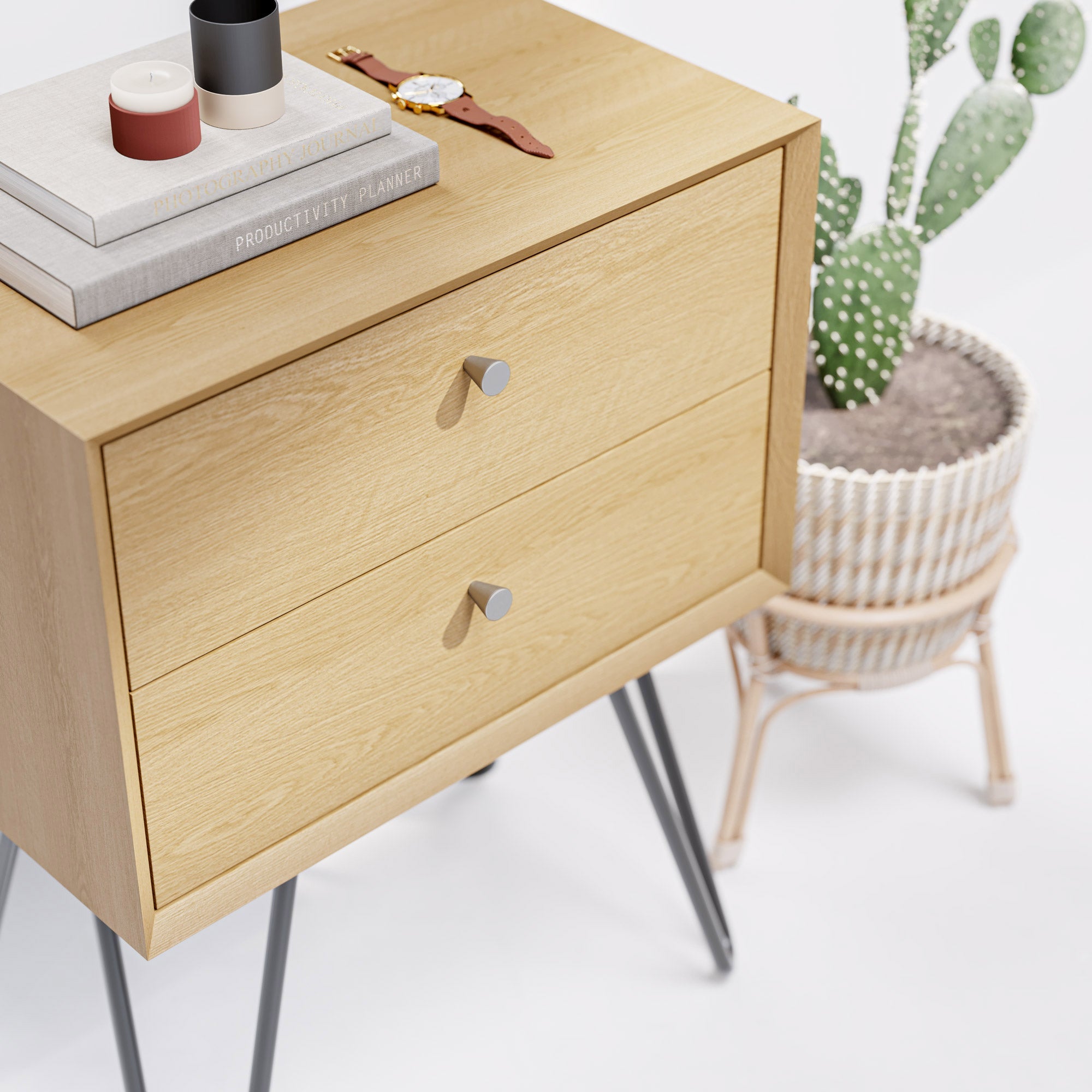
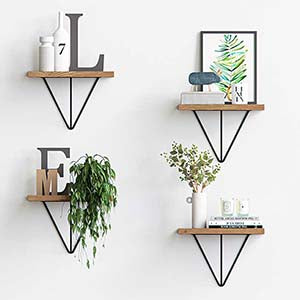
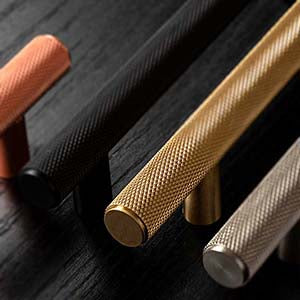
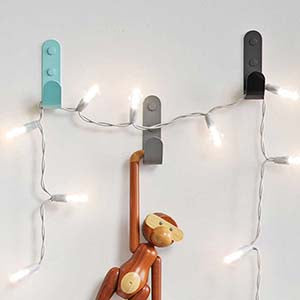
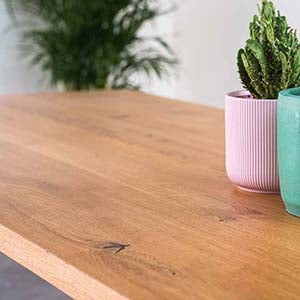
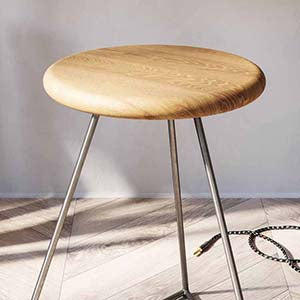
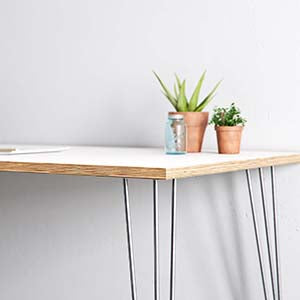
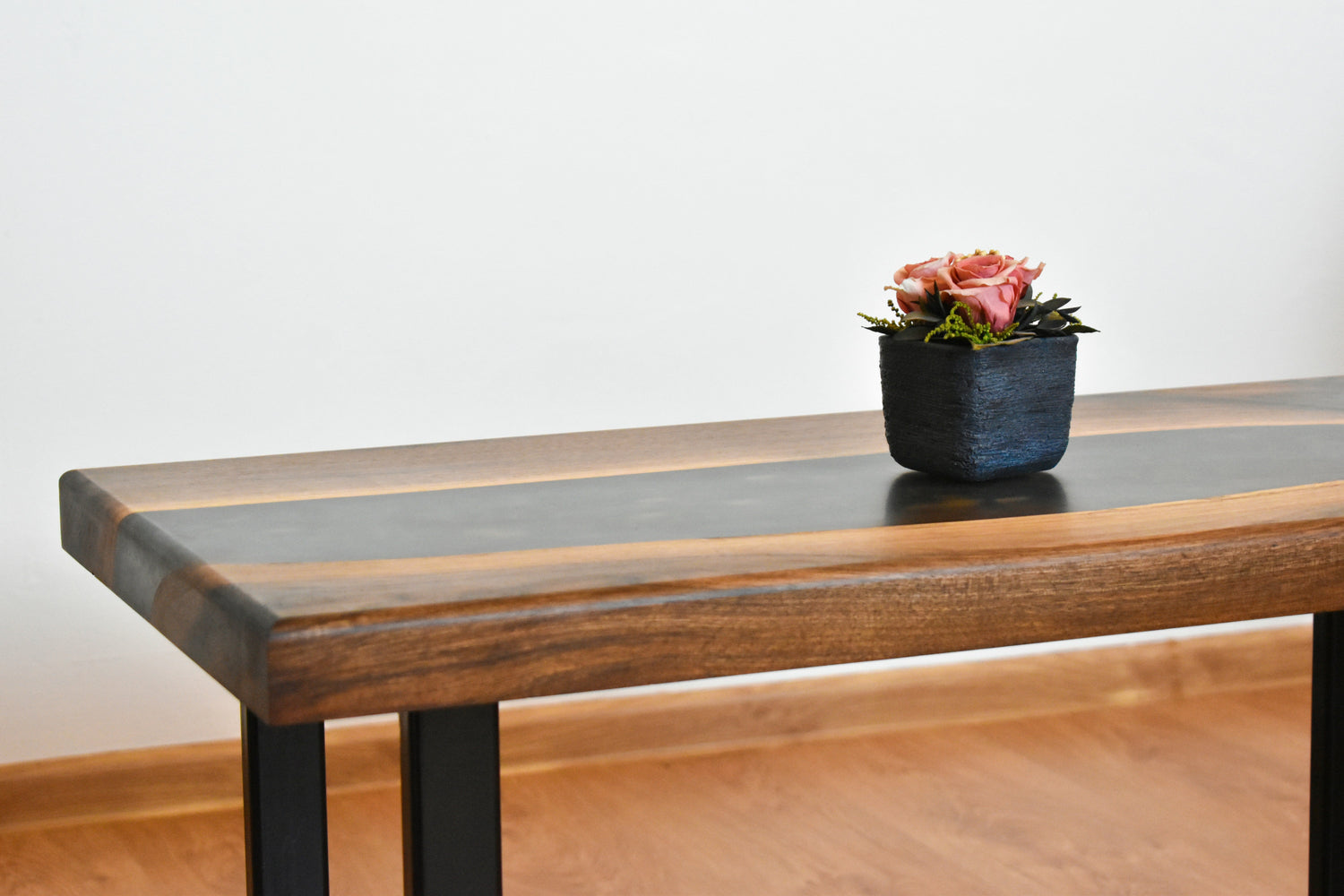
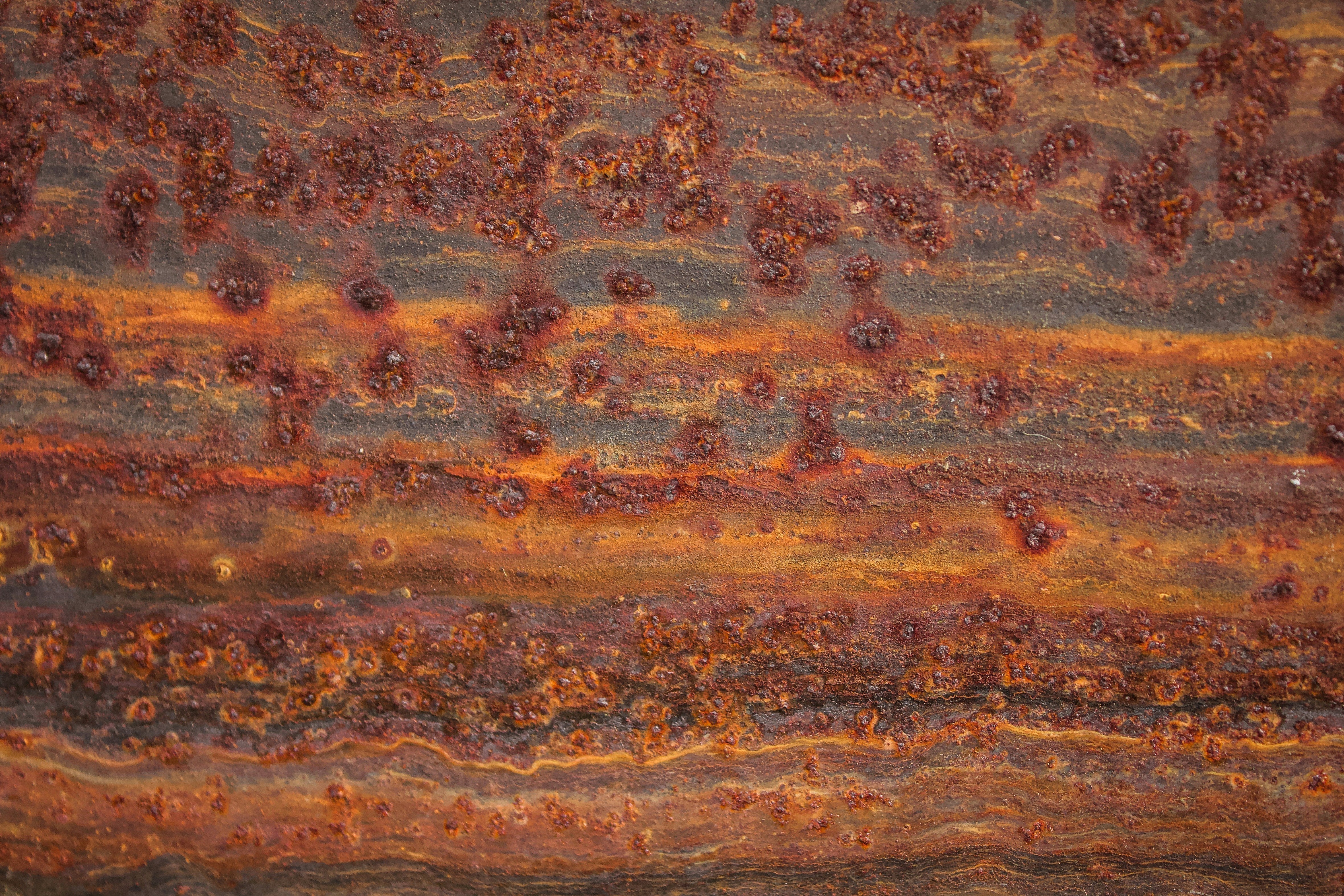
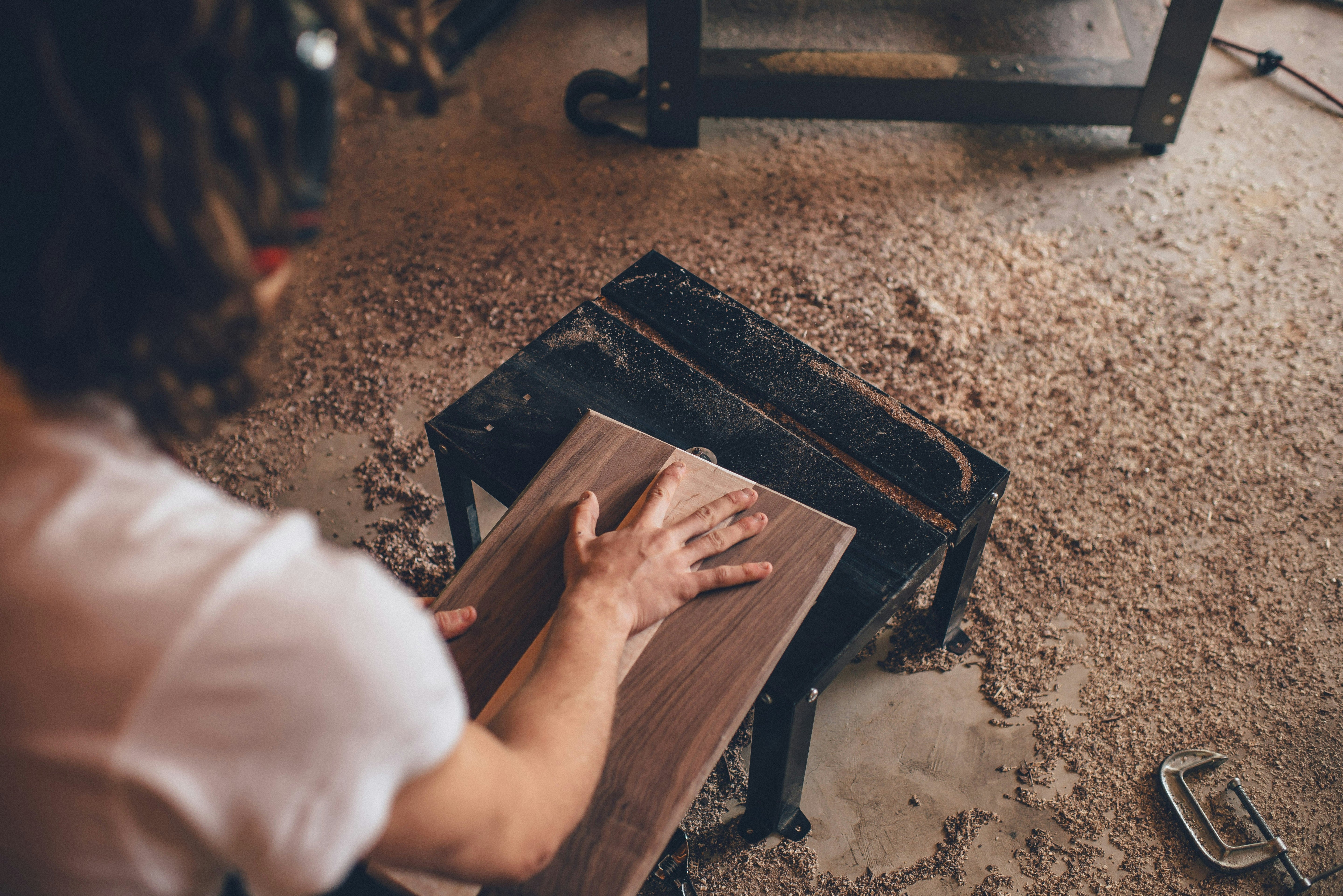
Leave a comment
This site is protected by hCaptcha and the hCaptcha Privacy Policy and Terms of Service apply.